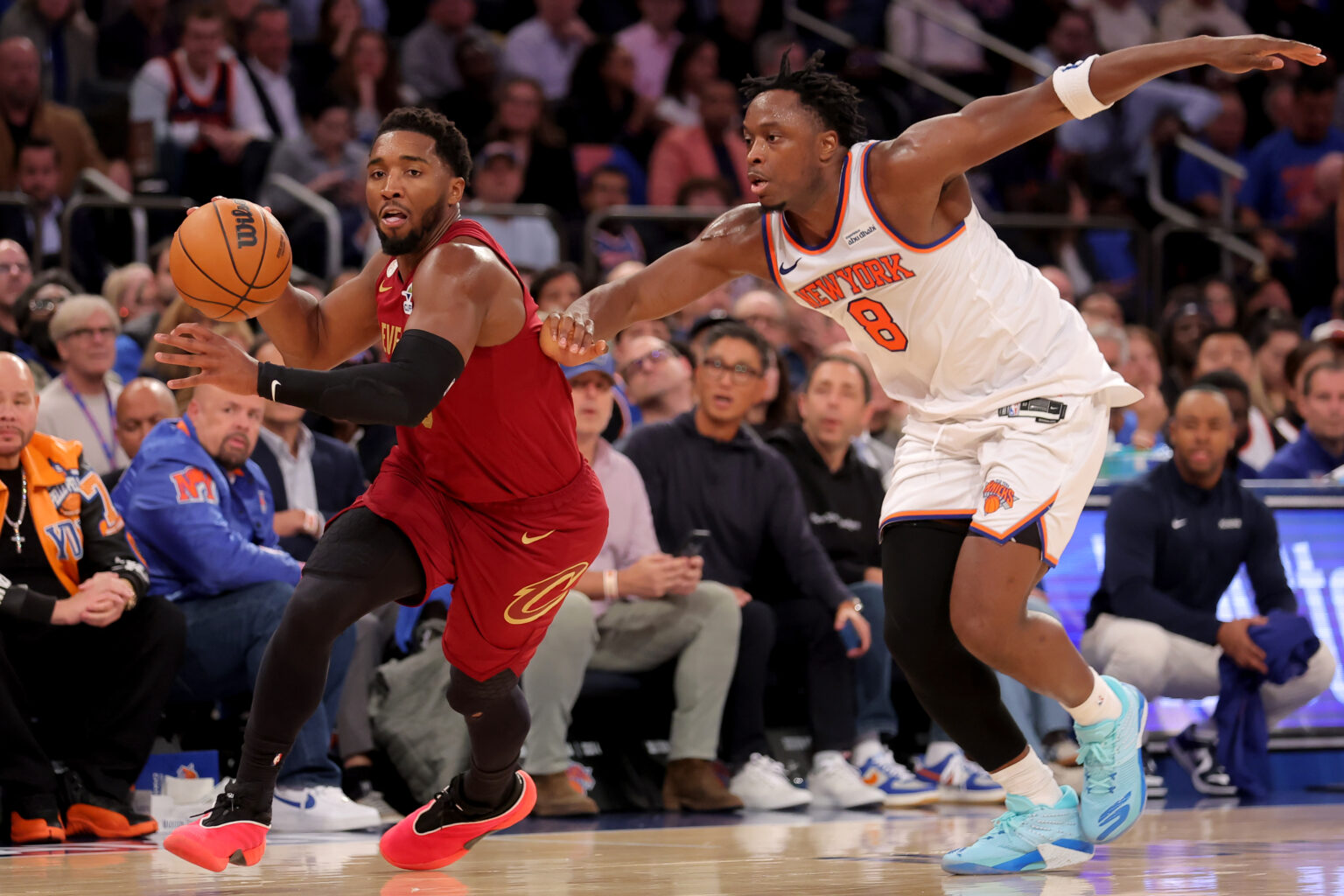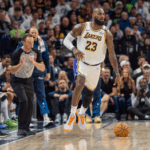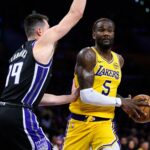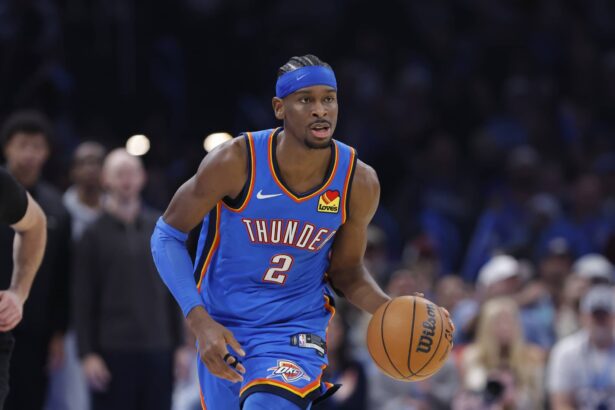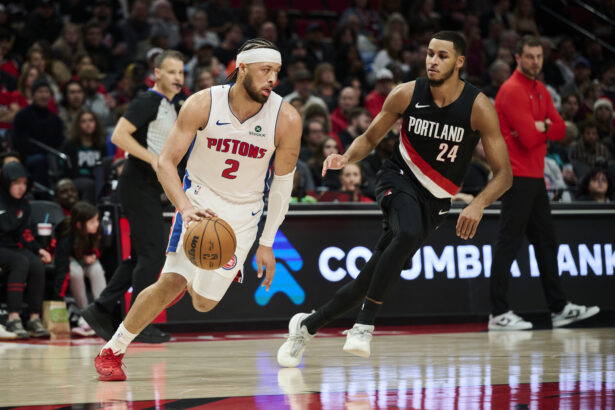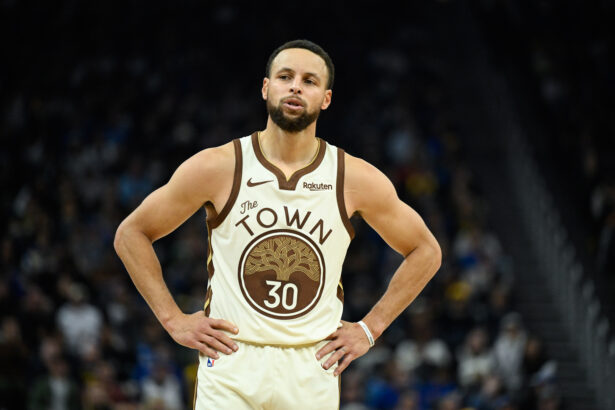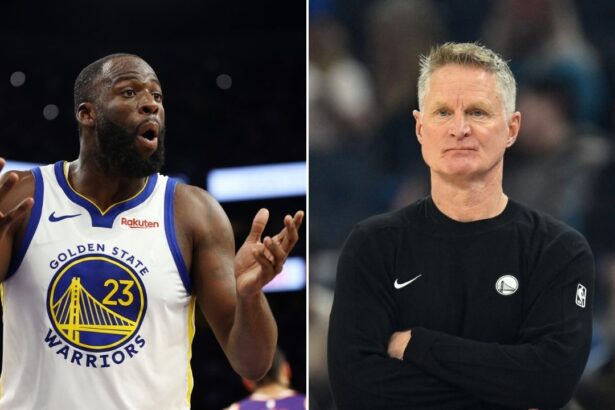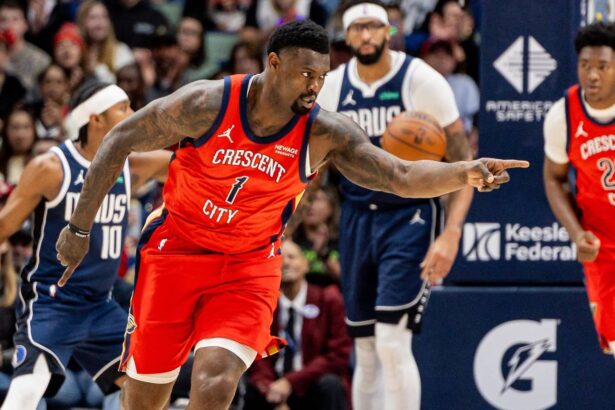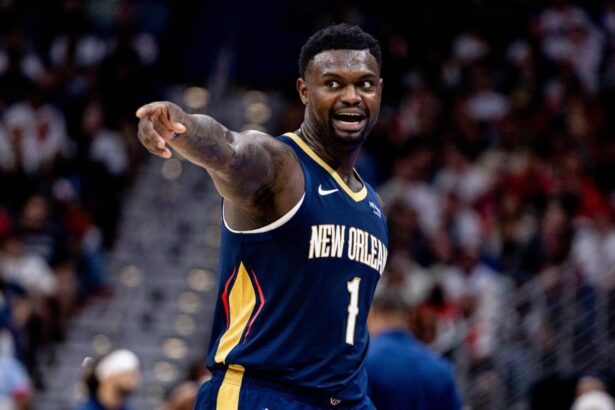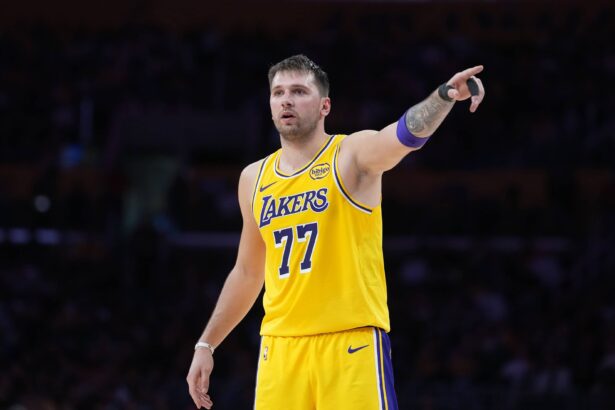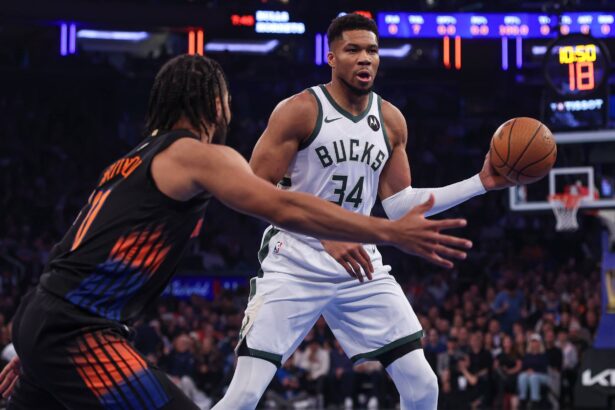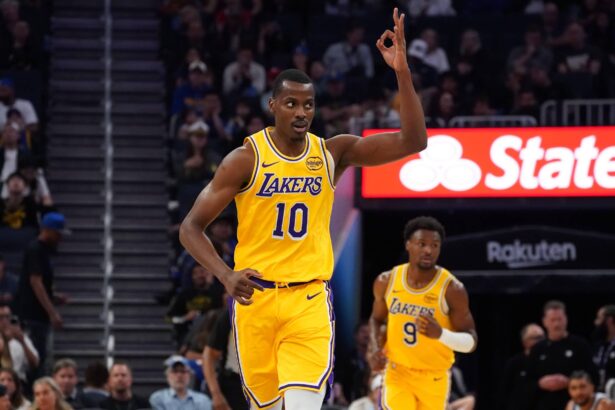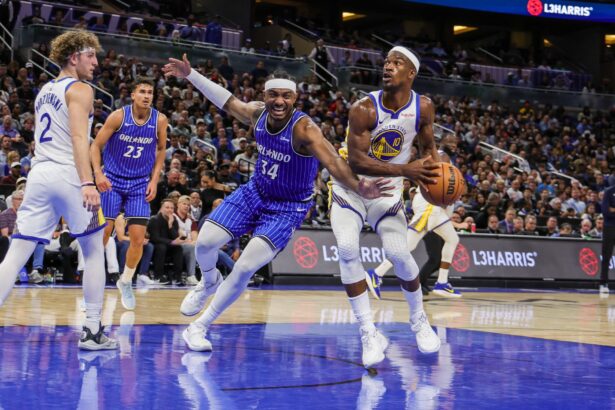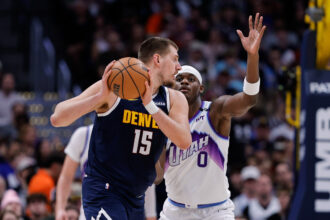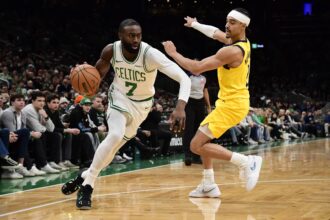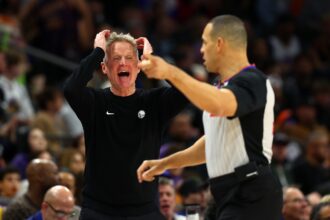The Mike Brown era in New York began with a statement win. Behind OG Anunoby’s dominance on both ends and Jalen Brunson’s steady hand, the Knicks outlasted the Cleveland Cavaliers 119-111 on Wednesday night in an early-season clash between two Eastern Conference contenders. Anunoby poured in 24 points and grabbed 14 rebounds, while Brunson added 23 to help the Knicks withstand a furious third-quarter rally led by Donovan Mitchell. Karl-Anthony Towns contributed a double-double of his own with 19 points and 11 boards, anchoring a resilient effort that saw New York surge ahead for good with a decisive 14-0 run early in the fourth.
For Cleveland, Mitchell’s 31 points, including 21 in a scorching third quarter, weren’t enough to overcome injuries and inconsistent play from a short-handed roster. Evan Mobley chipped in 22 points and eight rebounds, but the Cavaliers’ depth was tested as they opened the season without key contributors Darius Garland, Max Strus, and De’Andre Hunter.
While both teams flashed the potential that makes them serious contenders in the East, it was Brown’s Knicks who showed poise when it mattered most, turning an opening-night test into an early confidence booster for a new coach. Let’s dive into the five major takeaways from this game that might have some eye-opening factors to discuss.
1. OG Anunoby Set The Tone With Two-Way Excellence
Anunoby looked every bit like New York’s defensive leader. His 24 points came efficiently on 9-of-17 shooting, and his relentless rebounding (14 boards, including 2 on the offensive glass) gave the Knicks a crucial edge in extra possessions. Beyond the numbers, Anunoby’s energy and physicality set the tone early, helping New York build a 17-point first-half lead and later stabilizing the team when Cleveland made its push.
Defensively, he hounded multiple matchups, from Donovan Mitchell to Evan Mobley, and consistently disrupted Cleveland’s rhythm. His +10 plus-minus best reflected his impact: the Knicks were in control whenever he was on the floor. In Brown’s debut, Anunoby looked like the ideal anchor for his defensive system.
He also showcased more offensive confidence, attacking closeouts and hitting four threes in rhythm, a promising sign for a player sometimes hesitant to shoot. His ability to stretch the floor and dominate the glass gave the Knicks a reliable two-way force who can impact games even when others go cold.
2. The Rebounding Edge Was The Difference
The Knicks dominated the glass 48-32, including a 9-4 advantage in offensive rebounds. Karl-Anthony Towns and Anunoby both grabbed double-digit boards, while New York’s collective effort ensured Cleveland rarely got second-chance opportunities. That rebounding gap directly translated into extra free throws and paint points, two areas where the Knicks outperformed decisively.
Even without Mitchell Robinson, New York’s frontcourt controlled the interior, limiting the Cavaliers to just 30 points in the paint. Ariel Hukporti gave solid spot minutes inside, while Towns’ physicality was noticeable down the stretch.
For a Mike Brown-coached team, this was a statement about discipline and effort, the kind of edge that can define their identity. Rebounding was also a key to controlling tempo; every defensive board sparked transition chances that kept Cleveland from setting its defense. That hustle on the glass not only wore down the Cavs’ bigs but also highlighted the Knicks’ commitment to playing hard.
3. Brunson’s Composure Shone Late
Jalen Brunson’s box score (23 points, 5 assists) only tells part of the story. After a shaky shooting start, he took command late, orchestrating the offense and sinking clutch free throws (12-of-13) that iced the game. His ability to control tempo was critical when the Cavaliers briefly grabbed the lead behind Mitchell’s third-quarter explosion.
Brunson’s chemistry with Mikal Bridges and Towns looked fluid, and his poise in the fourth quarter reflected the leadership that’s made him the heartbeat of the Knicks. As the team transitions under Mike Brown’s new system, Brunson’s steadiness will continue to be their driving point.
He repeatedly punished switches, backing down smaller guards and forcing the Cavs to foul in crucial moments. Even with a coaching change, this team still runs through him.
4. Knicks Showed Resilience After Mitchell’s Third-Quarter Barrage
Donovan Mitchell lit up the third quarter for 21 points, turning a double-digit Knicks lead into a brief Cleveland advantage. But instead of folding, the Knicks answered with composure, unleashing a 14-0 run early in the fourth to retake control. Brown’s squad showed mental toughness, something that wavered at times in past seasons, by responding to adversity without panicking.
That resilience was fueled by balanced contributions: Bridges hit timely shots, Towns attacked the rim, and role players like Miles McBride (15 points off the bench) gave the Knicks a much-needed spark. This ability to weather storms could be a defining strength under Brown’s leadership.
It was also a sign of how much deeper and more connected this Knicks team looks compared to past years. When Mitchell caught fire, no one tried to play hero ball; they trusted the system, moved the ball, and relied on execution.
5. Cleveland’s Depth And Defense Still A Concern
For the Cavaliers, the absence of key players like Darius Garland, Max Strus, and De’Andre Hunter showed. Outside of Mitchell (31 points) and Mobley (22 points, 8 rebounds), Cleveland struggled to generate consistent offense. The bench combined for just 36 points and was out-rebounded by New York’s reserves.
Defensively, the Cavs couldn’t contain New York’s physical attack or keep them off the free-throw line; the Knicks shot 36 free throws compared to Cleveland’s 18. That discipline gap proved costly, as every Knicks starter reached the line multiple times. Until the Cavs get healthy and rediscover last season’s defensive chemistry, they’ll continue to have trouble closing out games against strong, balanced teams like New York.
Cleveland’s interior defense looked soft without consistent help rotations, leaving the paint wide open whenever Towns rolled or Anunoby cut. Their three-point shooting kept them alive, but the lack of defensive bite exposed how much they miss their full-strength lineup.

